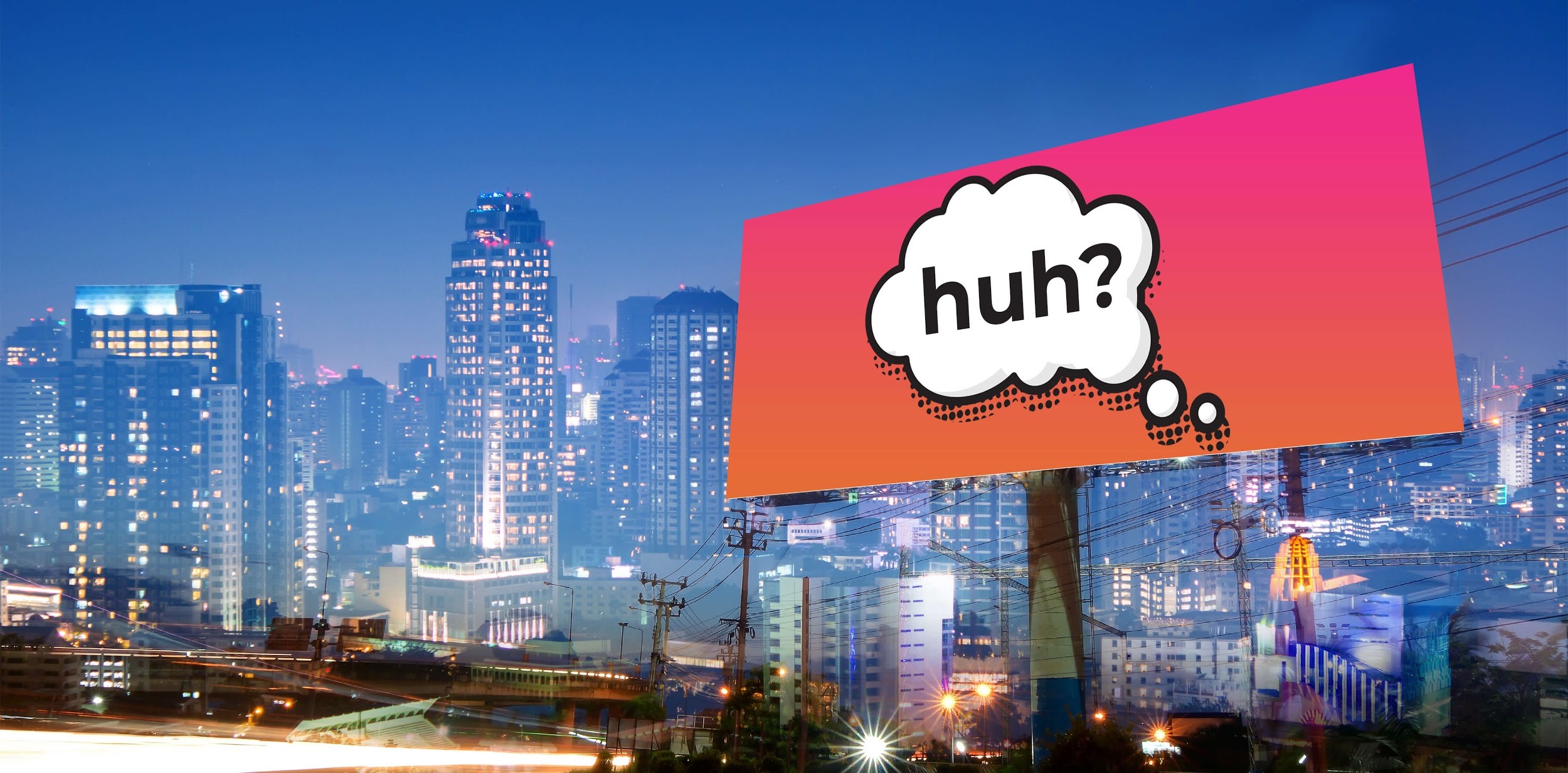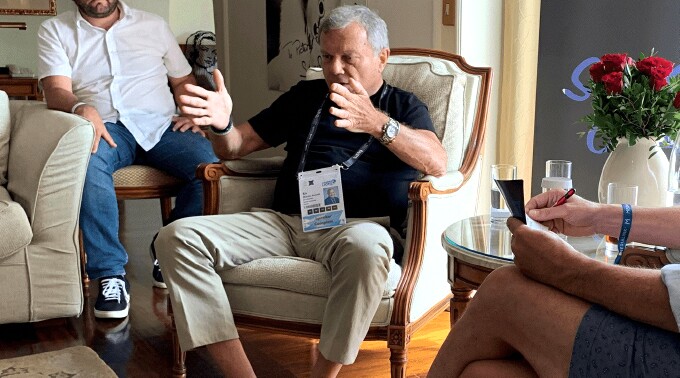PrograHUH? The Case Against Program-Manual Out-of-Home Advertising

Fresh off a 2019 Cannes Lions visit and having participated in an amazing series of DPAA-curated panels on the state and future of advertising, I have never been more excited about the potential that programmatic buying and selling has for the out-of-home (OOH) industry. Hearing from over a dozen top Chief Executive Officers, Chief Marketing Officers and marketing executives, such as Sir Martin Sorrell (S4 Capital), John Osborn (OMD) and Nicolas Bidon (Xaxis), the things that repeated over and over again were the importance of audience data, smart creative and seamless programmatic execution. It was especially interesting to hear Sir Martin's vision of the future of advertising and the big bets he is making along the way to building (from the ground up) a new offering that meshes technology and advertising results.
The consistent theme and major takeaway for me: Advertising executives are shifting focus away from specific channels, impressions goals and CPM objectives. Instead, they're placing more of an emphasis on delivering the brand's stated business outcomes -- and doing so in the most cost and time-efficient manner.
For Adomni and our programmatic OOH platform, all of these facets have been front and center for a while now. But as we grow and continue to expose ourselves to more of the inner workings of this tactic, I've noticed a way of conducting programmatic selling that has me feeling both confused and irritated (by its inefficiencies).
First, let me describe our vision of a robust, scalable, programmatic OOH model:
- Buyer searches inventory by audience and/or locations via online platform;
- Online platform displays available options and pricing/reach with complete transparency;
- Buyer sets a target budget and uploads creative;
- Ads flow to the screens as soon as they are approved;
- Buyer is invoiced for ads delivered.
Looks familiar right? This is the way Google and Facebook operate today.
Contrast that with program-manual selling:
- Buyer searches inventory by audience and/or locations via online platform;
- Buyer sets budget (often with no visibility into the OOH inventory included in the target-set);
- Platform's staff contacts each publisher to negotiate a custom PMP deal;
- Publisher creates new PMP deal and provides Deal ID;
- Platform programs the campaign to map to the new Deal ID;
- Buyer uploads creative;
- Ads flow to the screens as soon as they are approved (if no mistakes were made in steps three through five);
- Buyer is invoiced for ads purchased (and may or may not see granularity of where ads played).
I don't know about you, but as an efficiency-junkie (and operations guy) I shudder when thinking about the extra steps inserted into the programmatic buying process. Despite all of the digital pipes being connected and always-on private marketplace deals (PMP) being pre-negotiated and made available by publishers, some programmatic platforms/sellers are still doing a lot of manual work.
With speed being one of the ultimate success drivers across all facets of business, I can't help but wonder how the program-manual model truly scales? Google search ads and Facebook/Instagram social ads do not operate that way. Why should out-of-home?
To me, a more attractive (and scalable) approach is what we have always referred to as just plain "programmatic." Maybe we need to add a modifier, such as "pure" or "touchless" in front of the word "programmatic" to better illustrate our ideal programmatic operating model.
This is the model that we aspire to build, maintain and evangelize. It allows for last-minute campaigns on a Friday afternoon and 24/7 campaign creation, transparency and editability.
We live in an era when convenience and automation are the new norm. As we continue to evolve a new selling channel for OOH, I can only hope that we take lessons from Google, Facebook and Amazon to deliver both the buying experience and outcomes that ultimately command a premium share of ad budgets.
I know that with program-manual, the selling platform might be able to squeeze out some additional cost-savings from the publishers (which they may or may not share with the buyer), but my gut says that the model is flawed and limited. Hopefully, over time, a push for more end-to-end automation will rule the OOH Programmatic landscape.
Time will tell, but judging from the views of Sir Martin (pictured below), Nicolas Bidon and the other advertising world leaders, the models that will succeed will foster faster, easier and more transparent ways of buying and selling ads. OOH should be no exception.

Click the social buttons above or below to share this story with your friends and colleagues.
The opinions and points of view expressed in this content are exclusively the views of the author and/or subject(s) and do not necessarily represent the views of MediaVillage.com/MyersBizNet, Inc. management or associated writers.


